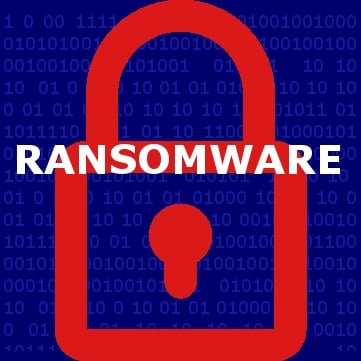
Does the threat of Ransomware crippling your organization’s network and operations keep you up at night? At this point, it kind of should. However, there’s a lot your CISO and IT staff could be doing to mitigate the threat and help you sleep a bit more soundly.
A recent survey by endpoint security firm Barkly, yielded results showing that successful Ransomware attacks slipped past all kinds of defenses. Though, it is important to note that each defense layer did significantly reduce the success rate of the Ransomware attack. This proves that organizations who invest in multiple tools and solutions have a better chance at protecting their operations. Another important note, which I often mention in my posts, is that security awareness training for staff is critical. According to the survey, it was the most effective method of Ransomware defense – only 33% of Ransomware attacks were successful when the organization had conducted some kind of security awareness training.
Here are some basic security tools that will created a layered approach to network security:
- Conduct security awareness training for staff on a scheduled and consistent basis. Simple email security, Internet use tips, and “what to do if” training may go a long way in protecting your data if a phishing email attempt or virus does slip through the defenses;
- Ensure your network is protected by a firewall that is setup by a security specialist;
- Install network-managed anti-virus and malware protection on every network device. A device should not be added to the network without being scanned first – especially if it is an employee’s personal device from home;
- Institute role-based access so network users can only access files, folders, and applications on an “as needed” basis;
- Ensure your IT staff is patching software and upgrading the firmware on hardware devices on a regular basis. Often, these updates include security enhancements that address discovered vulnerabilities.
Unfortunately, the reality is that no matter how sophisticated your organization’s network security processes and protocols are, a cyber breach is bound to occur. Post-breach defense is just as important as the layered-defense approach:
- Back up your data on a regularly scheduled basis. If data is corrupted or lost, recovering from a backup may be the quickest and most cost effective way to get the company back on track;
- Test backups often. There is nothing worse than relying on a backup, only to find that it will not help you in your time of need;
- Develop an incident response plan and a disaster recovery plan; then conduct workshops. These two documents will help guide your organization through an event which is often confusing and hectic. After the plan is developed, try to workshop a scenario to see how well it works;
- Purchase cyber liability insurance. A carefully crafted insurance policy with the correct limits can help transfer and mitigate a lot of the financial risks associated with a cyber breach. With breach notification laws being mandatory in forty-seven states, organizations will need to protect against legal defense expenses, notification costs, regulatory fines and reputation damage resulting from a breach.
The Ransomware industry is a billion dollar business and growing. Eventually, all companies will have to implement multiple security tools, increase user awareness, and be properly prepared for a breach.
Click here to request more information about The ALS Group or on limiting your cyber risk exposure.


